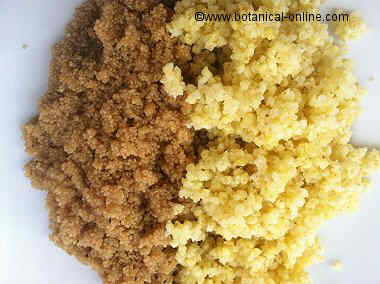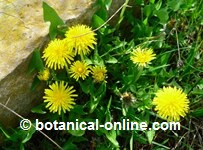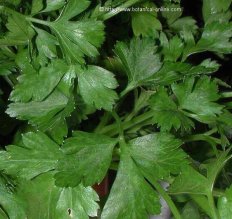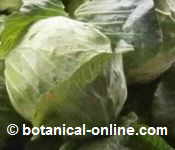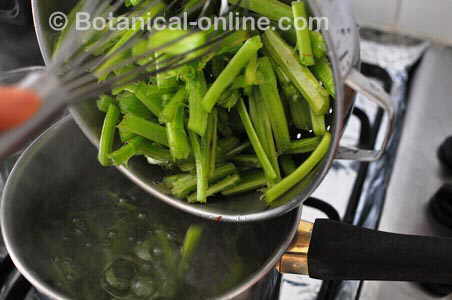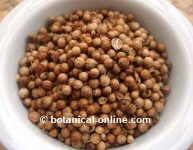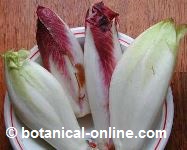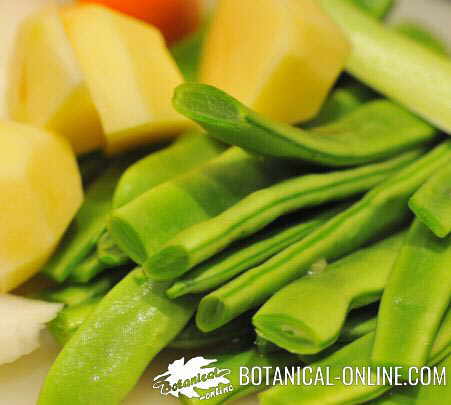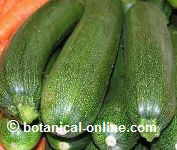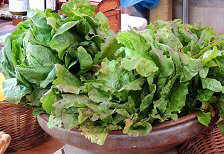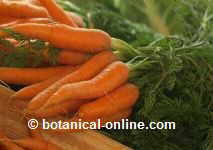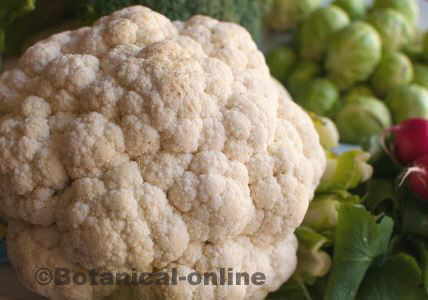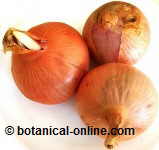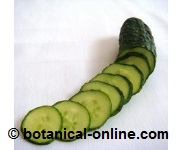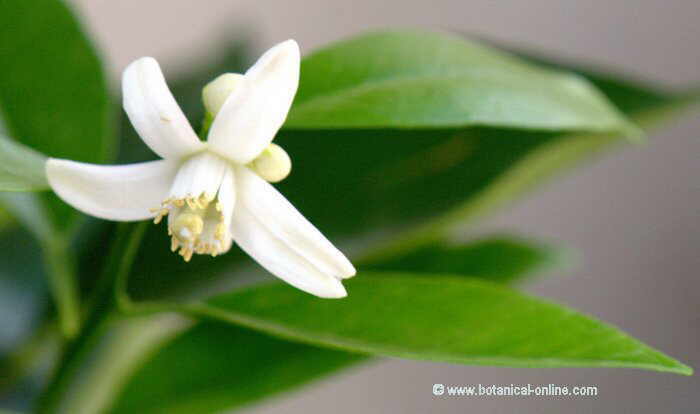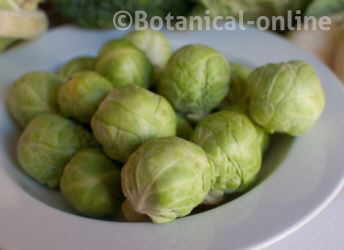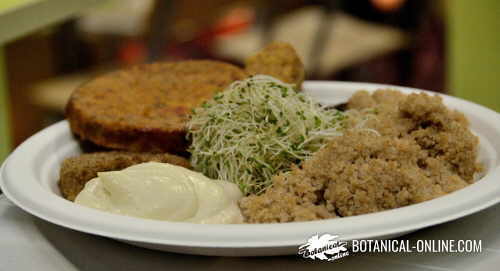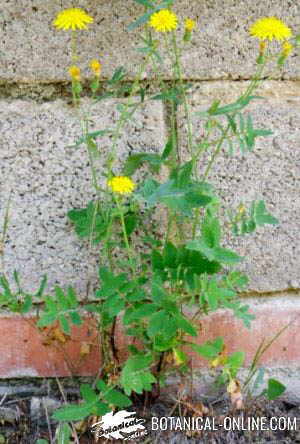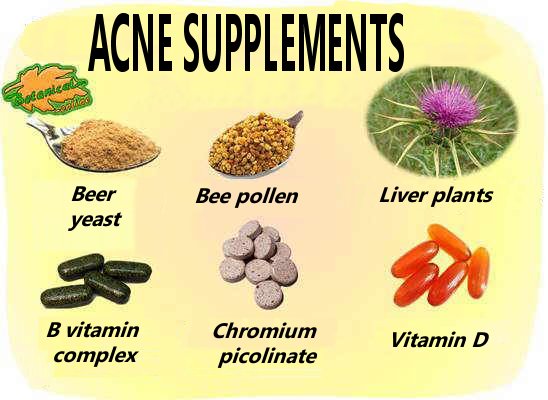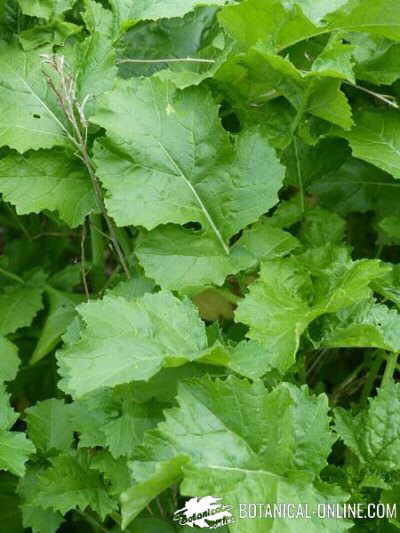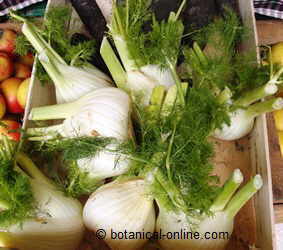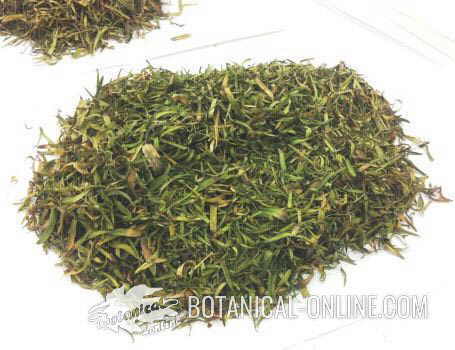Contents
VEGETABLES AND TUBERS WITH A LOT OF CALCIUM
LIST OF CALCIUM VEGETABLES AND TUBERS (milligrams kg)
Vegetables also contain considerable amounts of calcium. The most outstanding is goosefoot (Chenopodium album) containing 309 mg of calcium, more than twice the skimmed milk and almost triple that of whole milk.
Goosefoot, also known as lamb’s quarters or melde is a weed grass that grows abundantly in abandoned plots or uncultivated lands with high content in organic matter. The tender leaves of this plant are edible, although they must be eaten with caution by their high content in oxalates.
Between this vegetable and other vegetables, like eggplants, with only 7 mg of calcium per 100 g of weight, we have a wide variety of vegetables that can meet our needs.
VEGETABLES AND VEGETABLES WITH CALCIUM
In order from highest to lowest content:
- Goosefoot: 309 mg
- “kampyō”, or dried strips of bottle gourd (Lagenaria siceraria var. Hispida): 280 mg
- Amaranth: 215 mg
- Japanese Spinach: 210 mg
- Nalta jute or bush okra (Corchorus olitorius): 208 mg
- Tender soy: 197 mg
- Turnip Leaves: 190 mg
- Dandelion: 187

Dandelion leaves are one of the richest vegetables in calcium
- Horseradish leaves: 185 mg
- Garlic: 181 mg
- Laminating seaweed: 168 mg
- Collard greens: 145 mg
- Dehydrated potatoes with milk: 142 mg
- Parsley: 138 mg

Parsley contains a lot of calcium
- Cabbage curry green cabbage: 135
- Caupis, wild peas or beans of Castile tender: 126 mg
- Watercress: 120 mg
- Beet leaves: 119
- Eppaw: 110 mg
- Taro leaves: 107 mg
- Chinese cabbage: 105 mg

Cabbages are rich in calcium
- Mustard sprouts: 105 mg
- Cooked borers: 102 mg
- Spinach: 99 mg
- Parsnip: 92 mg
- Garden cress: 81 mg
- Okra: 81 mg
- Irish moss kelp: 72 mg
- Thistles: 70 mg

Thistles prepared to be cooked
- Potato flour: 65 mg
- Sprouted soy: 65 mg
- Purslane: 65 mg
- Coriander: 67 mg

Coriander grains
- Salfisis: 60 mg
- Leek: 59 mg
- AgarAgar Seaweed: 54 mg
- Endivias: 52 mg

Endives are a good source of calcium
- Chard: 51 mg
- Black head: 50 mg
- Young chickens chick: 58 mg
- Broccoli: 48 mg
- Cabbage: 47 mg
- Rutabagas: 47 mg
- Green beans without salt: 46 mg

Green beans with potatoes
- Artichokes: 44 mg
- Celery: 43 mg
- Sweet peas: 43 mg
- Taro: 43 mg
- Brussel sprouts: 42 mg
- Winter squash: 41 mg
- Pumpkin flowers: 39 mg

Pumpkins
- Pumpkin leaves: 39 mg
- Canons: 38 mg
- Sweeteners: 37 mg
- Sprouted lime beans: 34 mg
- Lettuce: 32 mg

Lettuce in a bowl
- Sprouted alfalfa: 32 mg
- Potato skin: 30 mg
- Canned ripe tomatoes: 30 mg
- Sweet potatoes: 25 mg
- Carrots: 27 mg

Carrots
- Sprouted lentils: 25 mg
- Canned green beans: 24 mg
- Beans: 22 mg
- Cauliflowers: 22 mg

Cauliflower
- Fresh asparagus: 21 mg
- Pumpkins: 21 mg
- Radishes: 21 mg
- Onion: 20 mg

Onions
- Courgettes: 19 mg
- Iceberg lettuce: 19 mg
- Chicory: 19
- Chayotes: 17 mg
- Yam: 17 mg
- Canned asparagus: 16 mg
- Cassava: 16 mg
- Beetroot: 16 mg
- Cucumbers: 14 mg

Cucumber cut in slices
- Potatoes with skin: 13 mg
- Tomatoes, green and ripe: 13 mg
- Peppers: 9 mg
- Eggplants: 7 mg
- French fries: 7 mg
- Potatoes without skin boiled or microwaves: 5 mg
See also:
![]() More information on calcium
More information on calcium
| MINERALS | MACROELEMENTS | MICROELEMENTS |
| Calcium, chlorine, phosphorus, magnesium, sodium, potassium | Copper, chromium, fluorine, iron, manganese, molybdenum, selenium, iodine, zinc. |

